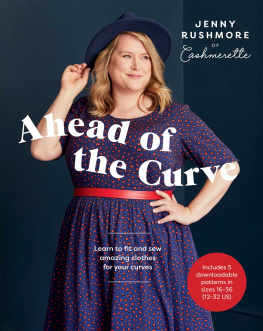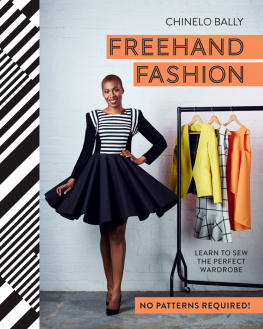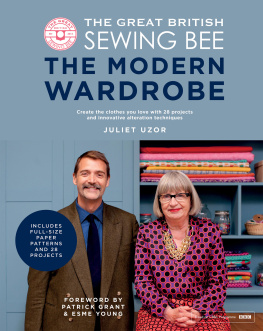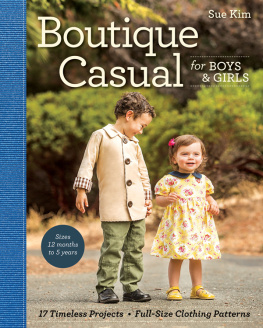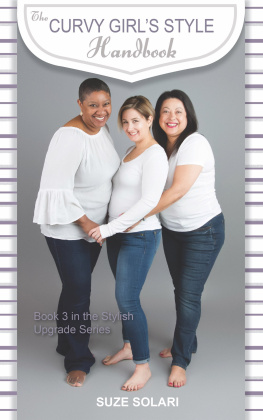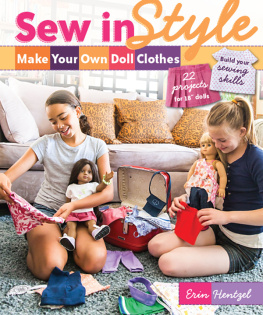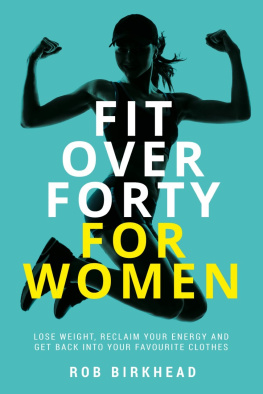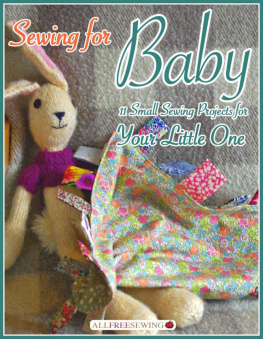
adjustments, basic
arms: fit clinic
measuring biceps
armscye adjustments
back: fit clinic
biceps: full bicep adjustment
measuring
bodice seams
bra cup sizing
bum adjustments
bust: bust clinic
cup sizing
measuring
calf adjustment, full
camel toe adjustment
crotch curve adjustments
cup sizing
darts: big dart solution
darted and dartless FBA
gaping armscye adjustment
lengthening or shortening bust darts
lowering or raising bust darts
SBA on a darted bodice
truing
dolman sleeves
drape
dresses: Foxhill dress
Honeybourne dress
fabric
cutting
ease and fabric choice
fabric weight
for toiles
fitting
arms
back
basic adjustments
bust
if you use mobility aids
lower half
shoulders and neck
toiles
Foxhill dress
Full Bust Adjustments (FBAs)
calculating the size of
darted and dartless FBA
for knit garments without a dart
on different garments
princess seam
troubleshooting
grading between sizes
hips: finessing hip curves
measuring
Honeybourne dress
Kersoe top
knit fabrics
legs: finessing curves
measuring thighs
lengthening
lower half: fit clinic
Magna pants
markings, transferring
measurements
how to measure yourself
measurement tables
picking pattern sizes
measuring tools
mobility aids, fitting if you use
movement, ease of
neck fit clinic
notches, transferring
pattern adjusting tools
patterns
finding the bust apex
lowering or raising a princess seam curve
measurement tables
re-shaping
sizing
pressing
princess seams: FBA
grading between sizes
lowering or raising a princess seam curve
SBAs on
raglan sleeves
seam allowance
seams, bodice
shortening
shoulders fit clinic
sitting measurements
sizing
cup sizing
ease
grading between sizes
measurement tables
picking your size
skirt adjustments
sleeves
Small Bust Adjustments (SBAs)
calculating the size of
on a darted or dartless bodice
on a princess seam
what an SBA does
Stanway T-shirt
test garments
thighs: adjustments
finessing curves
measuring
toiles
fabric for
making and altering
over-fitting
types of
tops: Kersoe top
Stanway T-shirt
trousers: adjustments
grading between sizes
Magna pants
tummy adjustments
waists: measuring
fitting a full waist
grading waist seams between sizes
wedgie adjustment
woven fabrics
This book could not have happened without the help and support of many people. Thank you to my editor Harriet Butt (who persuaded me to write a book when I was convinced I didnt want to), along with Emily Lapworth and Sarah Hoggett, for shepherding me through the process as a first-time author you made it (relatively) easy! Thank you also to my agent David Riley.
The fab photos are all thanks to Brooke Harwood, Lucie Clifford, Danni Hooker and our ultra-gorgeous models, Dibs Maxwell, Miranda Griffith, Corrie Lewis-Bishop, Andii Melody Mae and Emily Noto. It was such a delight after months of lockdown!
At Cashmerette HQ I am, as always, indebted to my amazing team, Carrie McGowan, Ayelet Ronen and Mallory Donohue, who held down the fort while I disappeared for weeks on end to write, sew and edit. Extra snaps to Carrie, who did a marvellous job proofreading. Thanks also to Betsy Cook and T Staskevich, who are behind the scenes of every Cashmerette pattern. Development sewing help came thanks to Claire-Louise Hardie, Lisa Obuchowska, Charlotte Stidwill, Rachel Frost, Claire Smith, Louise Haines, Lauren Digby, Sue Young and Mary-Kate Morrell. All great sewing patterns must have great pattern testers, so a huge thanks to Andie Wells, Anna Marquardt, Caroline Janny, Elaine Hockley, Gaylen Matlock, Jennifer Woofter, Jessica Ferguson, Joan Ellis, Kenna Russell, Kristina Douglas, Meg McCarthy, Michelle Rose, Rachel Marchetti, Sierra Burrell and Syreeta Price. Much thanks also to Elle Harris for her thoughtful input on the topic of fitting if you use mobility aids. And, to Alvaform for the use of their plus size form.
Finally, the biggest thank you goes to my parents, Helen and Peter, who spent many hours on the floor with my daughter playing Lego and watching re-runs of Fireman Sam, giving me the time to write this book! And, of course, to Josephine, who started her sewing journey at 20 months old and never fails to brighten my day.
Learning how to sew your own clothes is exciting, but learning how to fit them to your body is a superpower! I never feel as confident as I do when Im wearing a well-made, well-fitting garment I know I look good, my body feels good in the garment, and, well, Im just going to have a good day.
So, what is fitting, exactly? At its most basic, its adjusting a sewing pattern so that the final garment looks and feels the way that you want it to on your body. Historically, there were a lot of rules about what good fit is and if you want to go the traditional route, by all means do!
However, I think that the question of good fit is more personal you have to decide for yourself which aspects are the most important and what youre going to focus your time and effort on. It can even change from garment to garment: for instance, in a formal dress that youre wearing to a wedding, your top priority might be a very sleek, close-fitting garment that looks great in photos, and you may be willing to be a little uncomfortable if you have to bend down to pick up something from the floor. On the other hand, if youre making a piece of loungewear, comfort may be key: perhaps you want to go really flowy and dont mind if theres a little bit of fabric folding above the bust. It might be heresy to old-school sewing teachers, but its the reality of how most of us sew and wear clothes!
HERE ARE SOME CONSIDERATIONS:
- What do you want it to look like?
- Typically, most people want to avoid clothing thats bunching, digging in, falling off or saggy. There are also proportions to consider which do you prefer, and do you need to adjust the garment to achieve that?
- How do you want to feel physically in the garment?
- Consider how your body feels in clothes do you prefer to feel closely hugged or free to move around? Do you have sensory preferences that affect where youd like seams to go for your comfort? Where do waistlines feel comfortable on you?
- How should the garment fit for you to feel comfortable emotionally?
- Your comfort in the garment is really important, and thats different for every person. Think about where you want sleeves or hemlines to end, or the depth of a neckline: what makes you feel confident and secure?
- How do you want to be able to move in the garment?
- Depending on your lifestyle, the way your body works and the garment type, there are different movements that you might want to be able to do in the clothing. For instance, you might need to be able to drive, bend down to pick up kids, play the violin, or be able to comfortably push your wheelchair; all of those considerations will affect how you need the garment to fit and function.
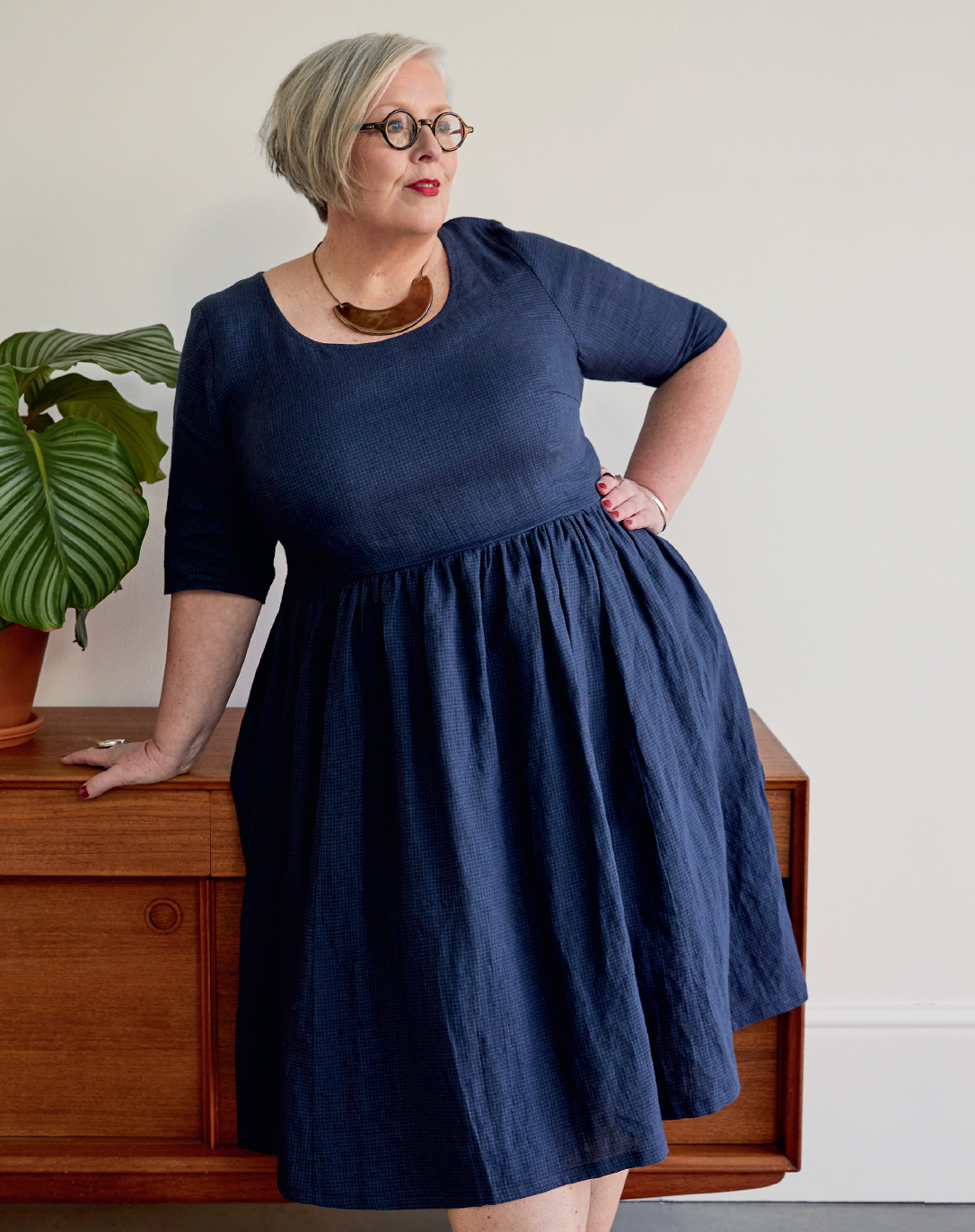
Next page
